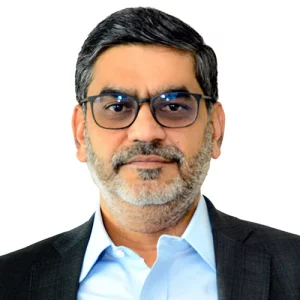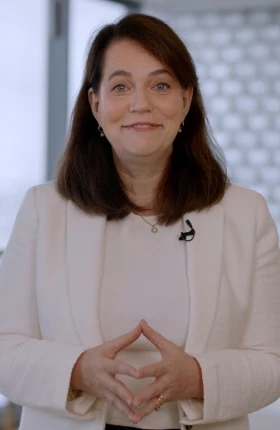Companies with next-generation HR capabilities deliver significantly better financial performance than companies weaker in those areas. To ensure that HR is a strategic partner to the business, companies must address five fundamental questions:
- How do people drive business value in the organization—and how does HR help maximize that value?
- What is the right HR operating model and organizational framework to ensure that leaders own people strategy and implementation?
- How should HR processes and digital HR practices be structured? What digital HR strategy is needed to succeed?
- What are the most promising, innovative digital HR solutions available to support this work?
Armed with these insights, companies can lead a successful digital HR transformation by excelling in three areas: digital HR, employee life cycle, and HR and people analytics.
Our Approach to Digital HR Strategy
- BCG’s comprehensive digital HR transformation methodology focuses on the strategy, processes, governance, organization, capability, and systems critical to HR leadership.
- BCG Platinion’s Implementation Readiness Review establishes a strong foundation for an HRIS cloud migration and reduces risk during implementation. We offer deep technical and HR consulting expertise to help you evaluate and select the HRIS system best tailored to your needs—and then assist in implementation and rollout.
- Savvy use of digital tools and technologies—such as robotic process automation and AI—helps HR turbocharge performance by digitizing the function.

Managing Employee Journeys Throughout the Employee Life Cycle
- In partnership with Burning Glass Technologies, BCG has analyzed 95 million jobs and skills to assess the demand for jobs and skills across the US economy. Our employee life cycle consultants pinpoint where demand is growing, enabling HR leadership to anticipate job disruptions, including job transitions and reskilling opportunities that might not be immediately apparent.
- Employee journey mapping helps organizations identify digital HR transformation opportunities, strengthen employee retention, and build a strong digital HR strategy.
Featured Client Work in Human Resources

In an organization characterized by low employee engagement and high resistance to change, BCG shaped a new and inclusive way of working that raised engagement levels by more than 50%.
Our Digital HR Solutions and People Analytics Tools
Strategic Workforce Planning
Strategic Workforce Planning
OrgBuilder by BCG X
Workplace Analytics
Workplace Analytics
BCG’s Featured Insights in Human Resources


Meet BCG’s Digital HR Consultants













